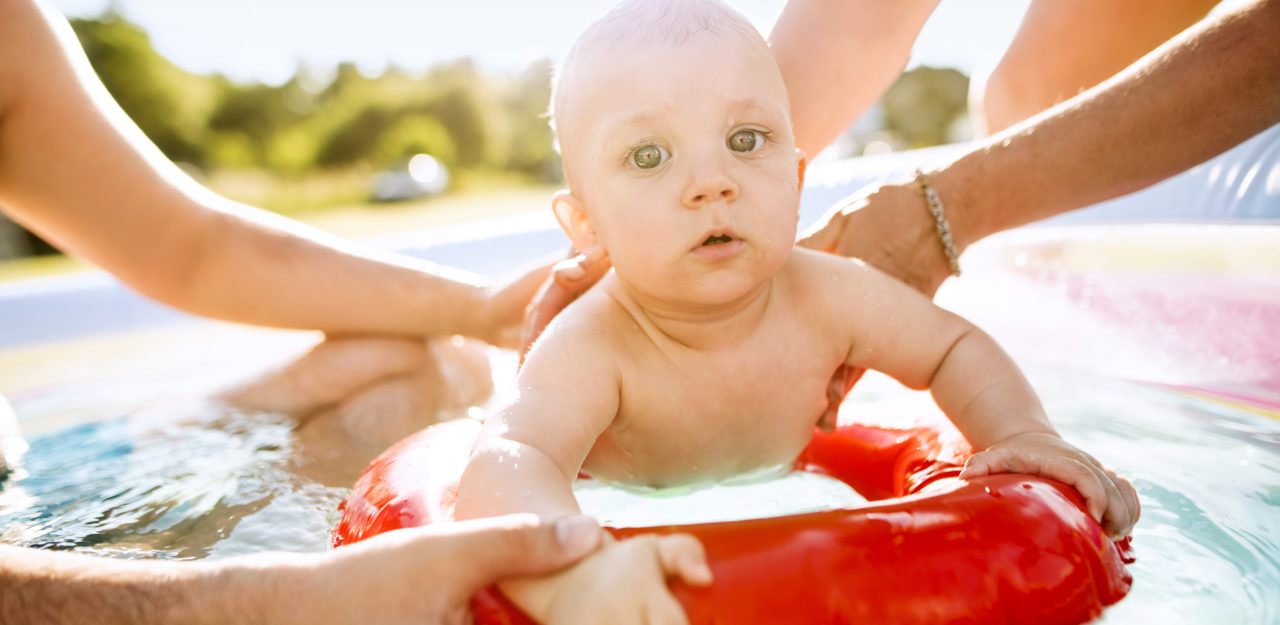Every year over 8,000 drownings take place across the United States. Of those unintentional drownings, 3,960 were fatal, averaging 11 deaths a day.
Organizations with water facilities such as pools, lakes or other activities have a duty to care for the safety of all swimmers and participants. The safety of all swimmers and participants should be independent of the size facility and provide a high level of care. Water safety can be implemented in layers and can be applied in multiple ways, such as:
- Understand the risks associated with aquatic activities.
- Ensure lifeguards are certified and have the level of training needed to assist swimmers.
- Provide an adequate number of lifeguards for activities.
- Properly maintaining the pool and surrounding facilities.
- Educating swimmers about pool safety rules and emergency information.
- Identify swimmer skillsets and implement protections around unskilled or nonswimmers.
To keep your organization safe and prepared, follow these steps:
Step 1: Read these articles on planning for aquatic safety
- Swimming Pool Safety
- Help Prepare your Property for Pool Season
- Help Save Lives by Choosing the Right Life Jackets
- Help Protect Your Organization with Clear Pool Signage
- Understand the Risk of Aquatic Inflatables
Step 2: Read these articles on protecting against aquatic disasters
